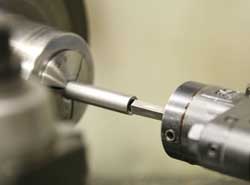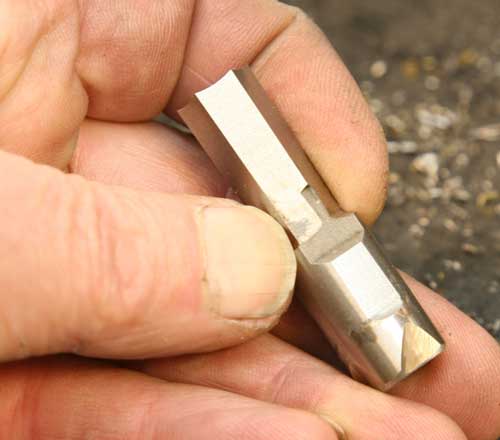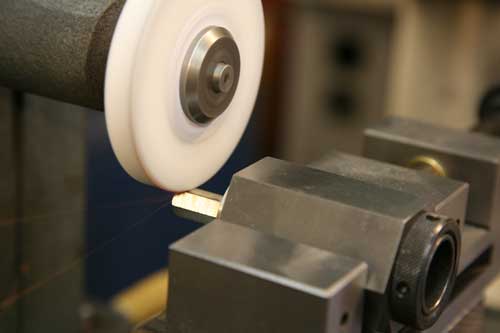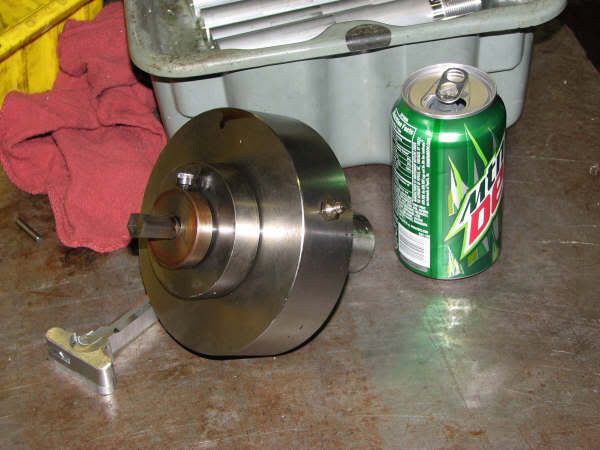Ekretz, you stole it, those suckers are expensive. Not really all that complicated, but expensive.
A bit back had several runs of 3/8" 12 point external hexes in 17-4 to do. Went the Slater route. What I remember is that it took a LOT of force. Blew up the power feed on a big old southbend. Switched over to an old clausing, 16X60 or so, blew the powerfeed up on the carriage, then blew the power feed on the turret(it had a turret instead of a tailstock). I think it was just sheared keys, didn't care, then sold 'em.
Ended up using almost 3ft long cheaters on the handles for the turret. I don't know if it was the material or that a 12 point hex takes a lot more force than a 6 point, but after running 1700 of them suckers, I was SORE and the cheaters were bent.
I would say that you are better off with the tailstock, but no special equipment required, its really a very simple process. Be aware that it does take a bit of force. I know Slater has the #s and formulas in their catalog, I certainly wouldn't try it on a mine lathe.
Cons, On long lengths your form will twist a tiny bit, and you need some place for the chips to break off. So you need a groove, either internally or externally depending on what you are doing, though I have seen some socket heads that just mashed the chips into the bottom of the hex, they worked, I was happy.










